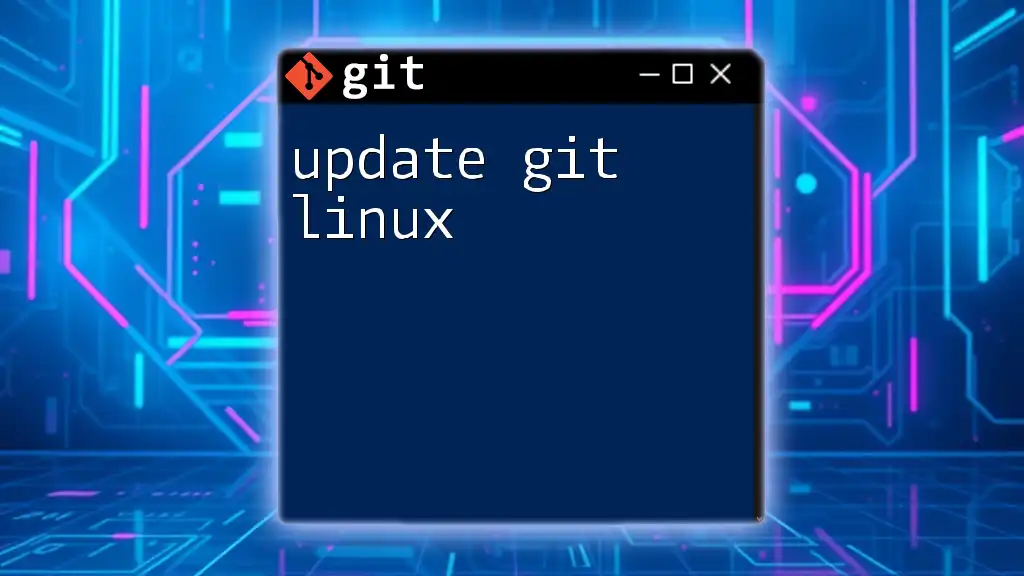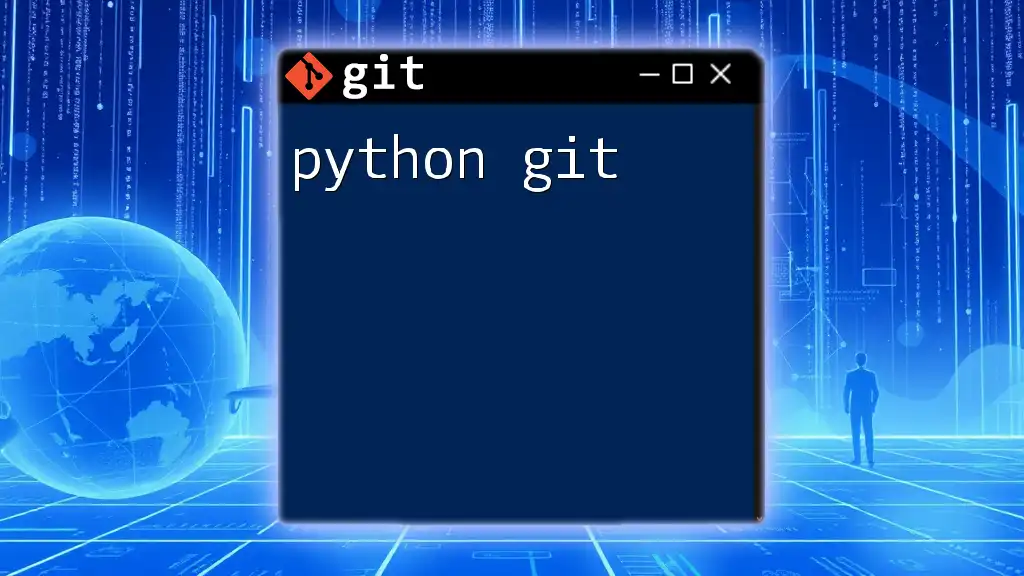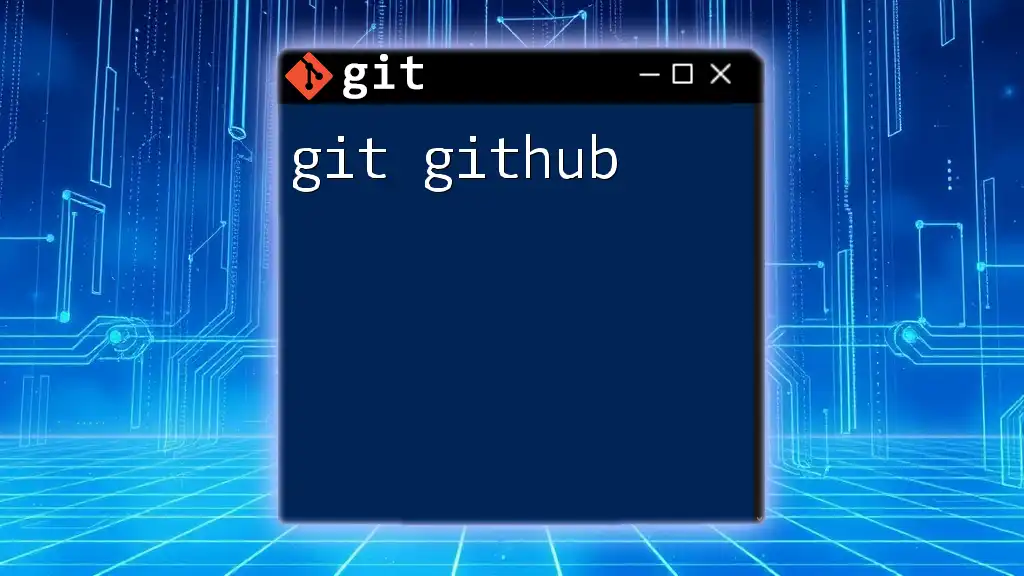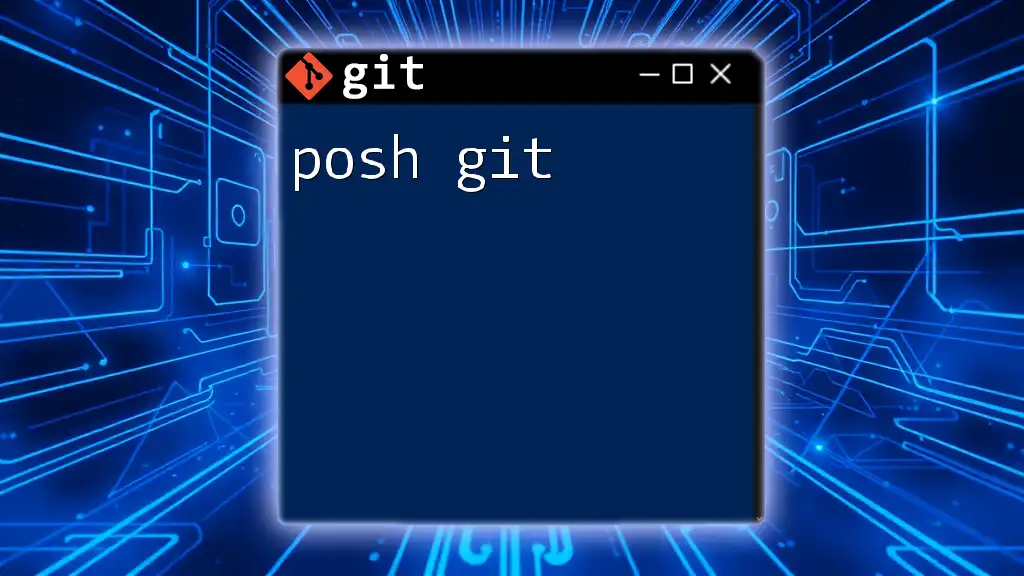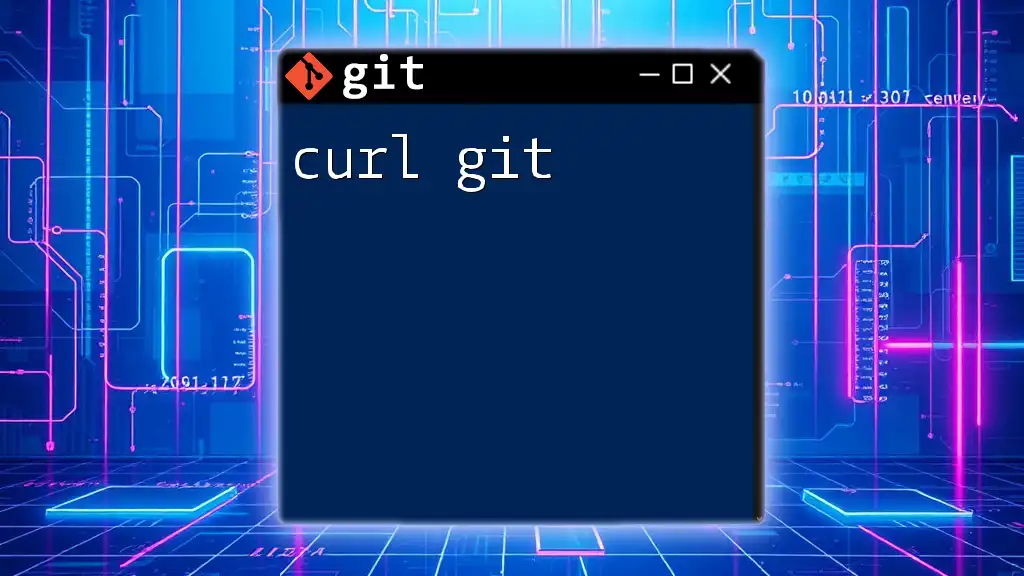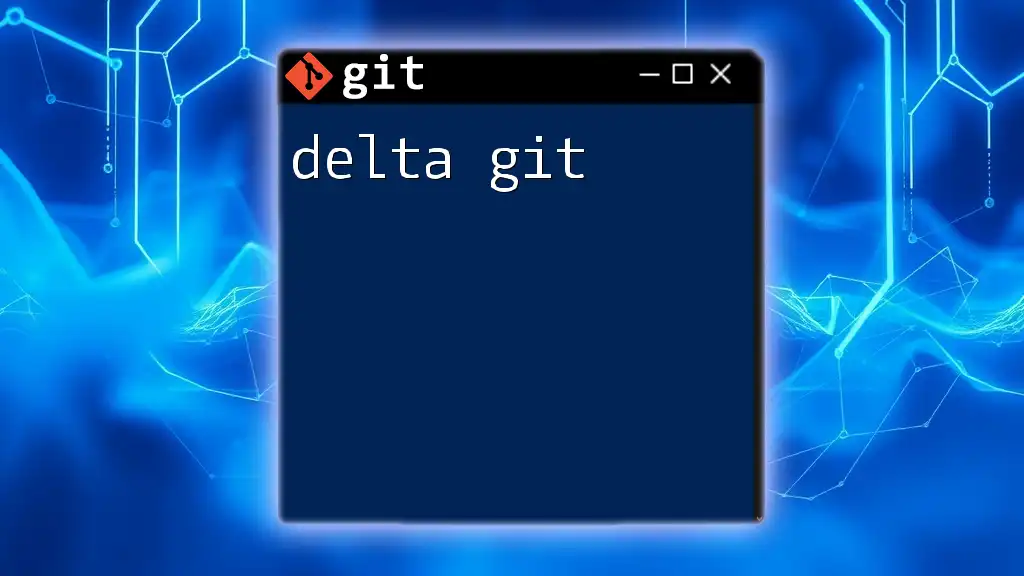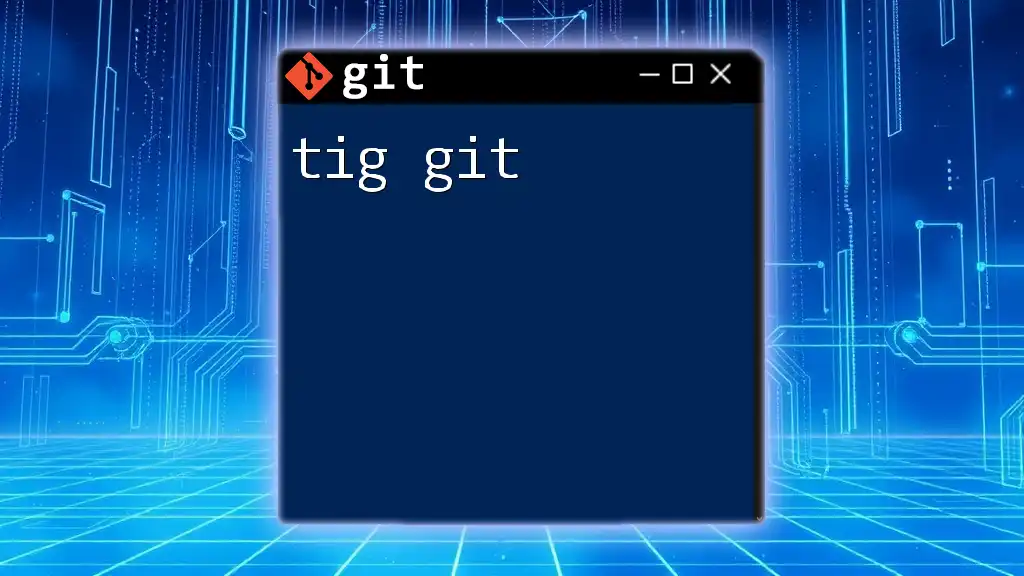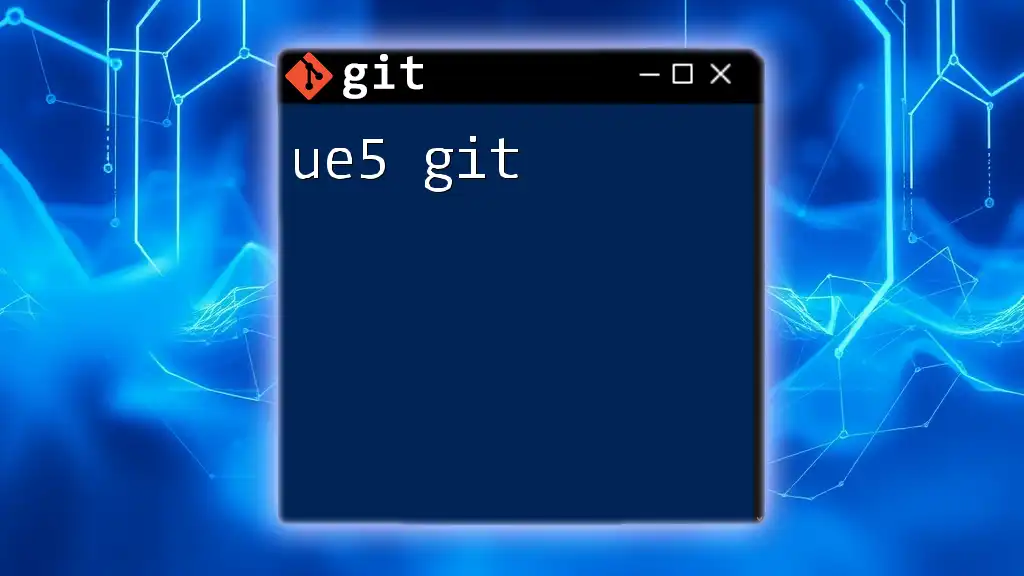PuTTY is a free SSH client that allows users to connect to remote servers and manage Git repositories via command line, streamlining version control and collaboration.
Here’s a basic command to clone a Git repository using SSH in PuTTY:
git clone git@github.com:username/repository.git
What is Putty?
Putty is a popular terminal emulator primarily used for establishing SSH connections to remote servers. It provides a graphical interface for Windows users to interact with command-line interfaces on Linux or Unix machines seamlessly. This is particularly beneficial for developers who need to manage version control systems like Git on remote servers without the need for complex installations or switching to different operating systems.
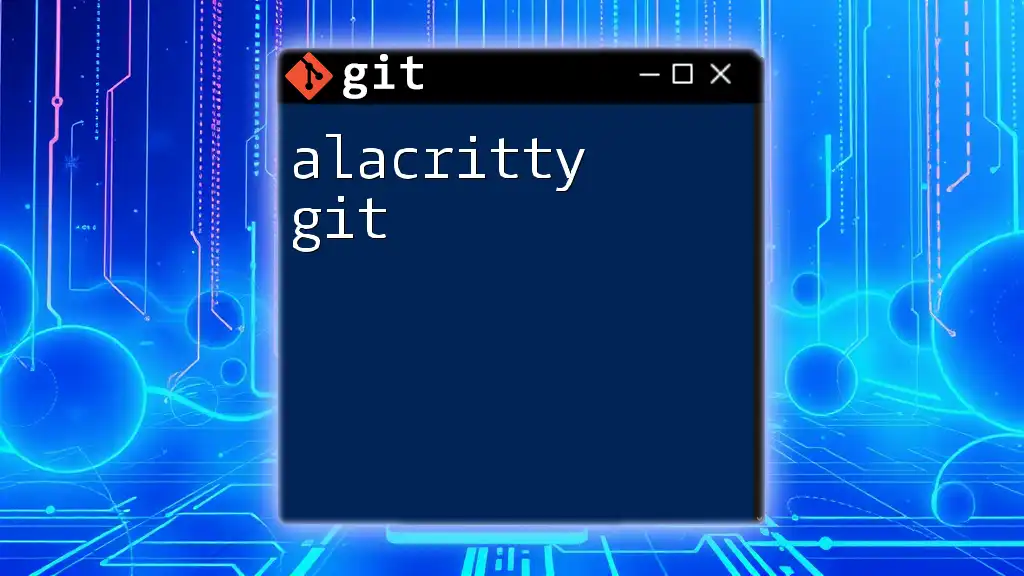
What is Git?
Git is a distributed version control system designed to handle everything from small to very large projects with speed and efficiency. It allows developers to track changes, collaborate with others, and manage versions of their codebase. With Git, multiple contributors can work simultaneously without overwriting each other's contributions, making it an essential tool in modern software development.
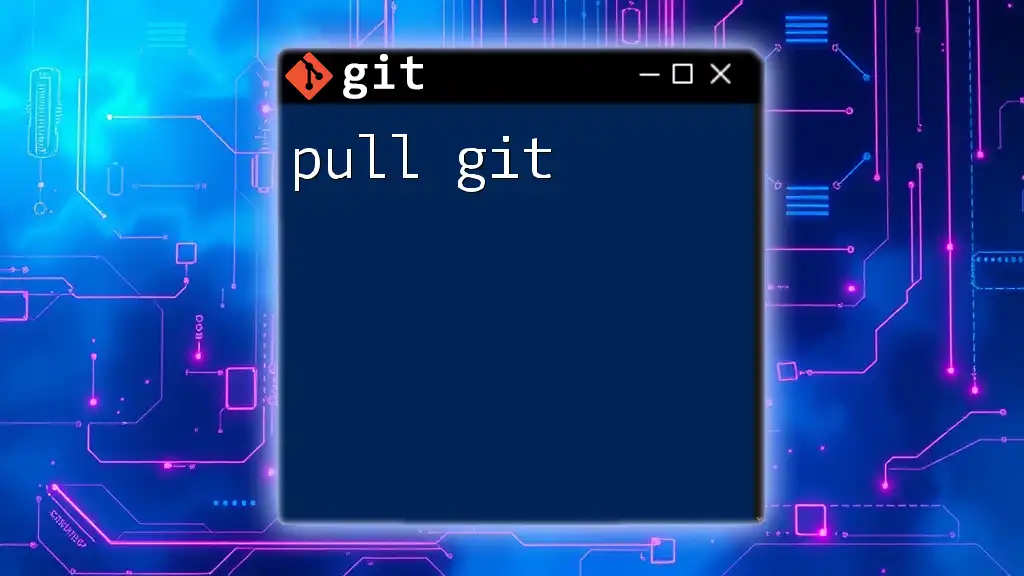
Why Combine Putty and Git?
Combining Putty and Git provides numerous advantages, especially for Windows users who need to interact with Linux servers where Git repositories are often hosted. Putty allows you to perform Git operations directly from the command line in a stable and reliable environment. Using an SSH connection through Putty simplifies authentication and enhances security compared to traditional username and password logins.
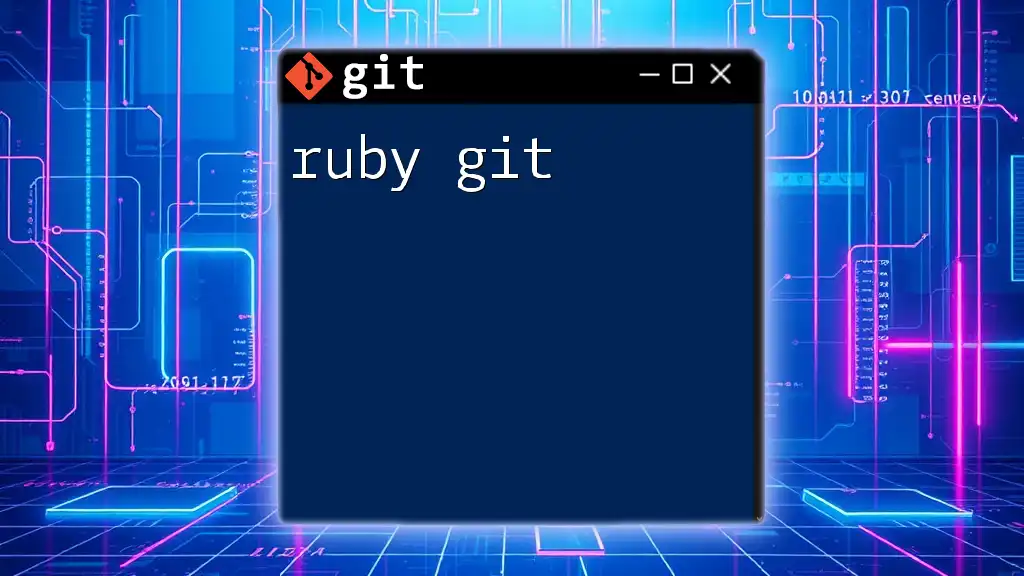
Setting Up Putty for Git
Downloading and Installing Putty
To get started with Putty, visit the official Putty website to download the latest version. The installation process is straightforward: simply run the installer and follow the on-screen instructions. Once installed, you can open Putty and start configuring it to connect to your version-controlled repositories.
Generating SSH Keys Using Putty
SSH keys are vital for securely connecting to remote repositories without the need for passwords. Here’s how to generate them using PuTTYgen, which is included with your Putty installation.
What are SSH keys?
SSH keys consist of a pair of cryptographic keys—one public and one private. The public key is placed on the server, while the private key remains with the client, adding an extra layer of security to your Git operations.
Using PuTTYgen to generate keys
- Open PuTTYgen from your Putty installation.
- Click the Generate button and move your mouse around to create randomness.
- After the key is generated, enter a passphrase for added security (optional but recommended).
- Save both the private and public keys to a secure location.
- Copy the public key for later use in your Git server settings.
Example of a successful key generation:
Your public key for file "publickey.ppk":
ssh-rsa AAAAB3... user@domain
Configuring Putty for Your Git Repository
Setting up a Putty session
To create a session in Putty, launch the application, and enter the following details in the configuration panel:
- Host Name (or IP address): The remote server’s address.
- Port: Typically, this is set to 22 for SSH.
- Connection type: Ensure that SSH is selected.
Once details are entered, save the session with a recognizable name for easy access.
Configuring SSH with Git
To ensure Git uses your SSH keys, you may need to configure your `.ssh/config` file. This file helps specify which key to use for different hosts. An entry in this configuration looks like the following:
Host github.com
IdentityFile ~/.ssh/id_rsa
User git
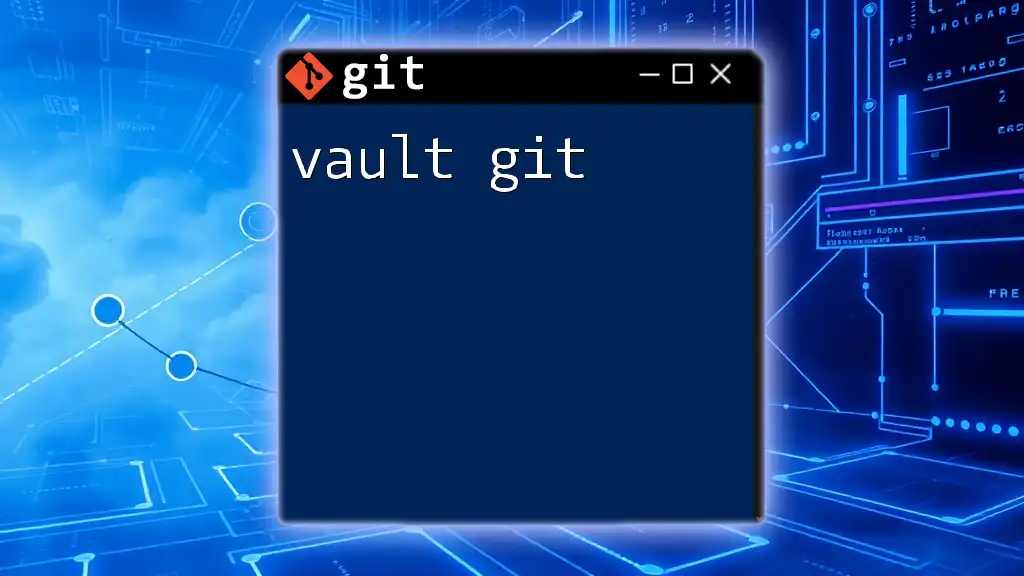
Connecting to Remote Repositories
Cloning Repositories Using Putty
To work with Git repositories, you first need to clone them onto your local machine.
Creating a local directory for Git
Before cloning, it’s helpful to create a dedicated directory for your Git projects. Use the following commands in Putty:
mkdir my-git-project
cd my-git-project
Using Git commands via Putty
To clone a repository, you’ll use the `git clone` command along with the SSH URL of the repository. Here’s an example command:
git clone git@github.com:username/repository.git
This command creates a local copy of the remote repository in the directory where the command is run.
Pushing Changes to a Remote Repository
Once you’ve made some changes to your local repository, it’s crucial to stage and commit them before pushing to the remote repository.
Staging and committing changes
Begin by staging your changes using:
git add .
This command stages all changes, making them ready to commit. Next, commit the changes with a meaningful message to describe what you’ve done:
git commit -m "Your commit message"
Pushing to the remote repository
Finally, push your committed changes to the remote repository with:
git push origin main
Make sure you’re pushing to the correct branch as per your development practices.
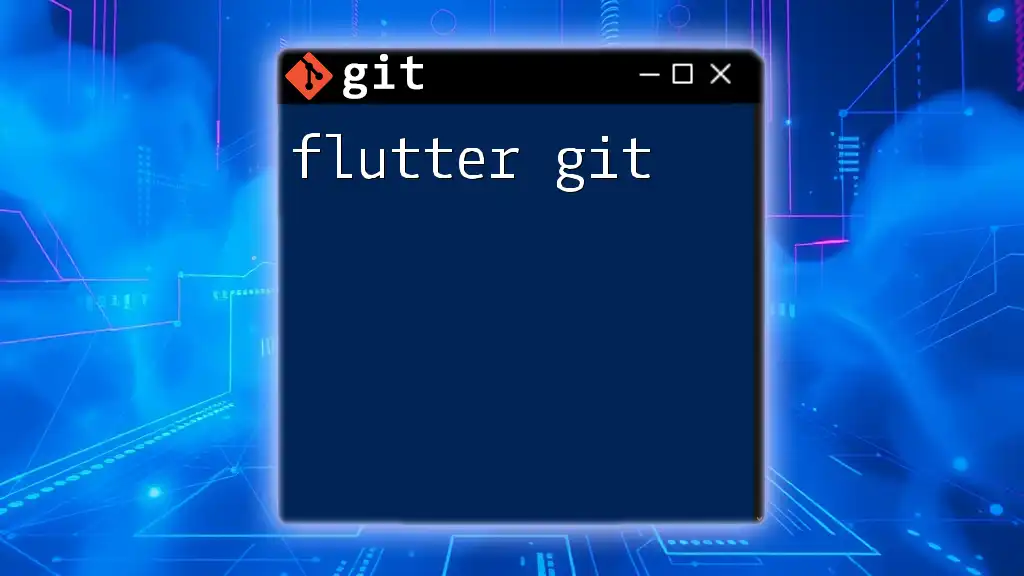
Common Issues and Troubleshooting
Connection Issues
While using Putty, you may encounter connection problems. If you have issues connecting to your remote server, ensure that your network firewall or local antivirus settings are not blocking Putty.
Troubleshooting Putty connection problems
- Verify that the hostname and port are correct.
- Make sure the remote server is operational and accepting connections.
- Check if your firewall allows outbound SSH connections.
Common SSH errors and solutions
If you receive an “Access denied” error while trying to connect, it often indicates a problem with your SSH keys. Verify that your public key has been added correctly to the remote server’s authorized keys.
Git-Specific Issues
While working with Git, you may occasionally run into problems like authentication failures.
Authentication problems with Git
Ensure that your SSH agent is running and correctly configured to recognize your identity. If you encounter the “Permission denied (publickey)” error, it indicates that the server did not recognize your SSH key.
Resolving merge conflicts
If multiple contributors modify the same file, a merge conflict may occur when you attempt to pull changes. To resolve merge conflicts, first, identify the conflicting files:
git status
Then, open the file, look for the conflict markers, resolve the issues, and complete the merge by adding and committing the changes.
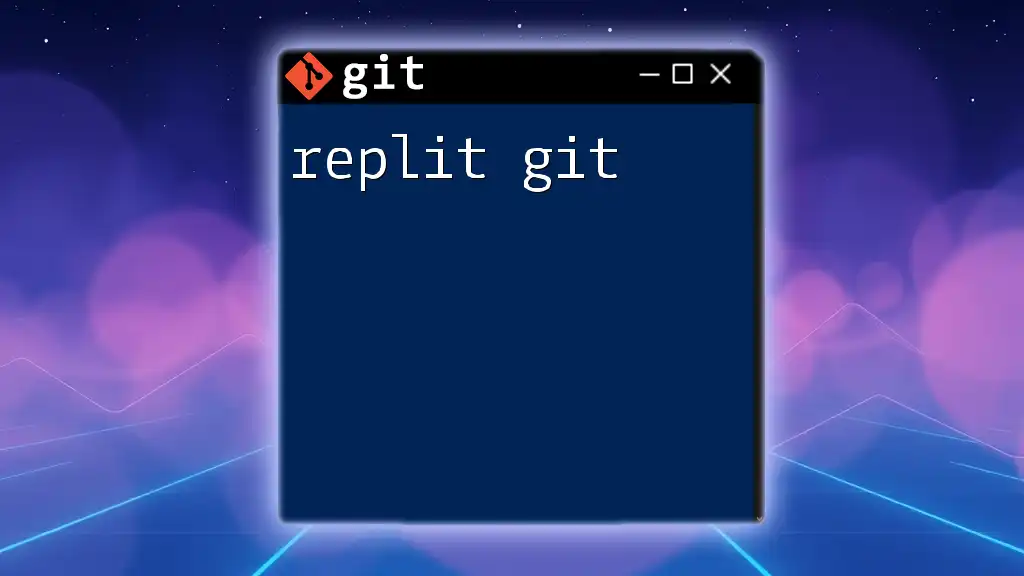
Advanced Putty and Git Techniques
Using Pageant for SSH Key Management
What is Pageant?
Pageant is SSH authentication agent that comes with Putty. It manages your SSH keys and allows you to avoid continuously typing your passphrase.
How to load private keys into Pageant
To use Pageant, follow these steps:
- Launch Pageant.
- Right-click on the icon in the system tray and choose Add Key.
- Navigate to and select your private key file. By loading your keys, you simplify the authentication process, making further Git operations smoother.
Customizing Your Putty Experience for Git
Changing default Putty settings
Feel free to customize your Putty settings to enhance your terminal experience. You can change font styles, colors, and window sizes to make long coding sessions more comfortable.
Creating aliases for Git Commands in Putty
Creating aliases can save considerable time. For example, to set an alias for `git status`, you can run:
git config --global alias.st status
From now on, simply typing `git st` will perform the equivalent action, streamlining your workflow.

Conclusion
Combining Putty with Git provides a powerful way to manage your projects and collaborate with others in a secure manner. By following the guidelines provided in this article, you can set up your environment effectively and avoid common pitfalls.
Remember, practice is essential to mastering these tools. As you grow more comfortable with Putty and Git, explore additional advanced commands and techniques to optimize your development work.
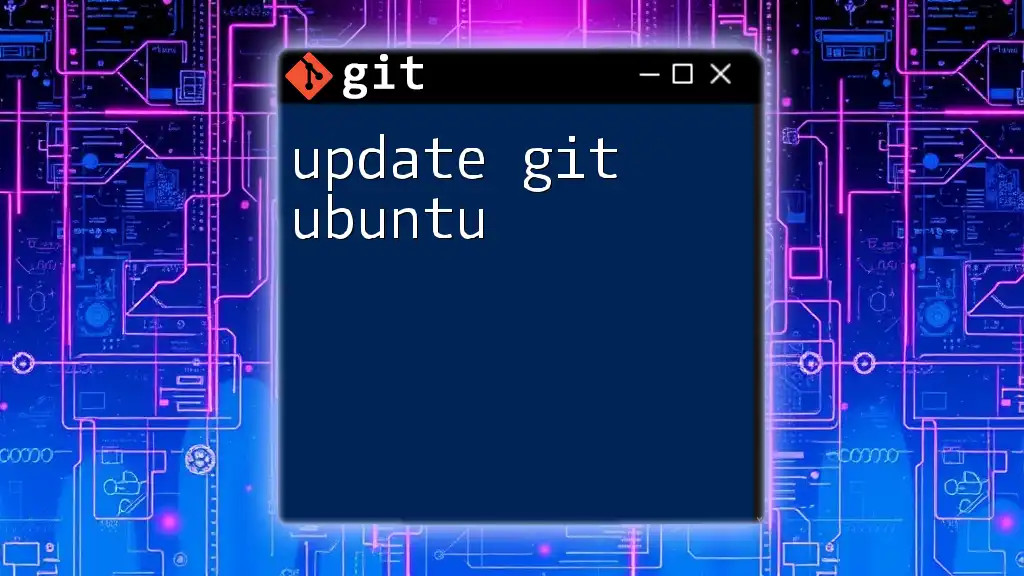
Additional Resources
For further learning, check Git’s official documentation and Putty’s user guide for in-depth insights into their features and functionalities. Don’t hesitate to join workshops or online courses to enhance your skills in using Putty Git effectively!







